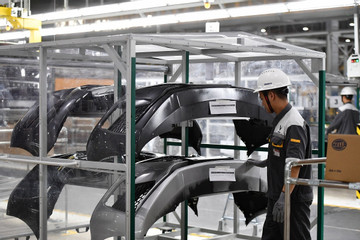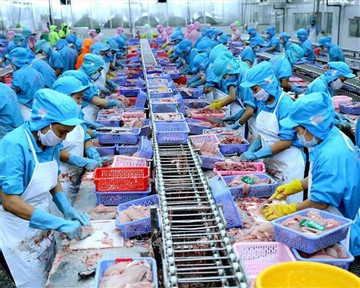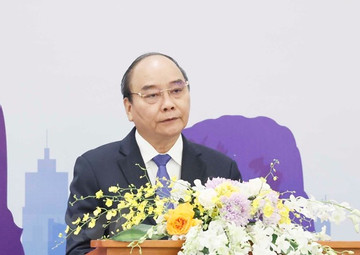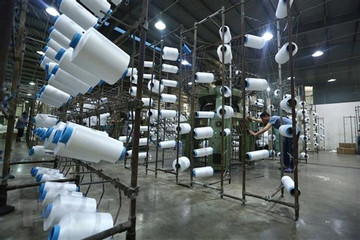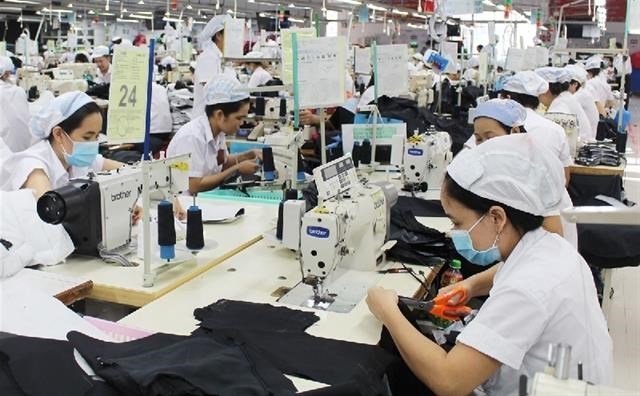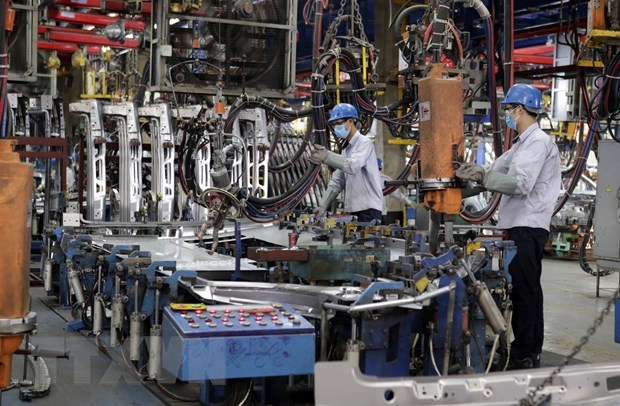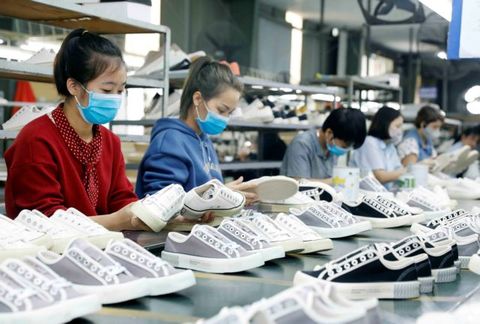- © Copyright of Vietnamnet Global.
- Tel: 024 3772 7988 Fax: (024) 37722734
- Email: evnn@vietnamnet.vn
FTAs
Update news FTAs
Free Trade Agreements not yet fully understood
The EU-Vietnam Free Trade Agreement (EVFTA) officially took effect more than two years ago, and bilateral trade has grown considerably ever since.
RCEP among most-promising trade agreements for Vietnam
Vietnam is expected to reap the most investment and trade benefits from the (RCEP) when compared to many other trade pacts, as most of the country’s largest foreign investors are from the deal’s member economies.
Old rules may hinder VN’s automobile industry development
The Ministry of Finance (MOF) wants to apply regulations for the automobile industry which existed 17-18 years ago, but the Ministry of Science and Technology (MST) wants to remove them.
Ample room remains for Vietnam’s exports to EU
There is still a lot of room for Vietnamese goods to expand their presence in the European Union (EU) market, but accessing its retail distribution systems is extremely important, heard a seminar in Ho Chi Minh City on August 11.
Vietnam always welcome APEC investors: President
This is a good opportunity for APEC investors to come to Vietnam and the country always welcomes APEC businesses to invest and cooperate for mutual benefit and development.
Vietnam becomes world’s sixth largest fibre, yarn exporter
Vietnam has surpassed the Republic of Korea to become the world’s sixth largest fibre and yarn exporter after shipping abroad 2.37 billion USD worth of these items in the first five months of 2022.
VN products to face trade investigations with more FTAs
Vietnamese products are to face numerous trade defence measures in the future despite the large number of free trade agreements (FTAs) the country has signed, according to trade experts and policymakers.
Decades of benefits becoming clear through expansive RCEP
The Regional Comprehensive Economic Partnership will enable Vietnam to attract more investment than other free trade agreements as many of the country’s largest foreign investors are from the deal’s member economies.
Vietnam to benefit most from RCEP: WB
Vietnam is anticipated to enjoy the highest trade and income gains among members of Regional Comprehensive Economic Partnership (RCEP), according to a latest World Bank report.
Automakers warned against underestimating reputation of Chinese cars
Contrary to all predictions, Chinese cars continue to flow into Vietnam and sales have been increasing steadily, despite Covid-19 and the poor reputation of Chinese brands.
New-generation FTAs represent growth drivers for Vietnamese exports in 2022
The effective implementation of new-generation free trade agreements (FTAs) can considered as the driving force behind fulfilling the export target of over US$356 billion set for this year.
Global free trade agreements offer key to burgeoning seafood performance
The economy and the food sector are recovering, especially since both are utilising the advantages of free trade agreements that have opened opportunities and ample room for Vietnam’s seafood exports in 2022.
US-Vietnam trade turnover hits more than US$111 billion in 2021
Trade has become a pillar of the growing bilateral relationship between the two countries.
European nations to embrace EVIPA-backed investments
Vietnam is seeking further approval of the EU-Vietnam Investment Protection Agreement by member states of the EU, as the deal will protect the benefits of investors of both sides when performing in their respective territories.
Vietnam remains strong candidate for foreign investment
With a vibrant economic climate, Vietnam remains a strong candidate for investment from the Association of Southeast Asian Nations (ASEAN) and beyond, according to the Vietnam Briefing newswire.
Textile and garment sector could earn more if it made more local materials
Fabric and input materials remain the weakness of Vietnam’s textile and apparel industry.
FTAs momentum for Vietnam's exports
Since joining the World Trade Organisation 15 years ago, Viet Nam has become a part of 17 FTAs, which are either under negotiation or underway. This has helped create a momentum for the country's exports.
Vietnam, Israel look toward bilateral FTA next year
Vietnamese Minister of Industry and Trade Nguyen Hong Dien has hailed Israel as a promising market of Vietnam in West Asia.
RCEP to beat drum for further trade
With the Regional Comprehensive Economic Partnership expected to enter into force early next year, more prospects could open up for Vietnam to woo additional investment and expand its trade with international partners.
One-year EVFTA: major European investors pour billions of dollars into Vietnam
The Government has reported to the National Assembly about the implementation of EVFTA (EU-Vietnam FTA) over the last year.


